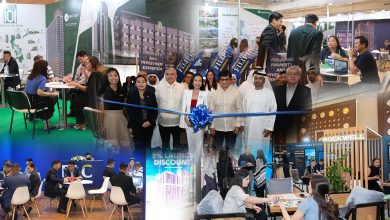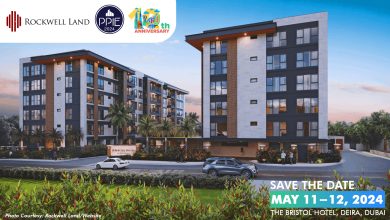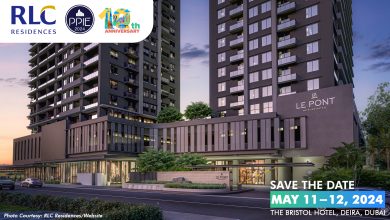The high-reaching infrastructure in metropolitan Manila needs more reinforcement by doing less. In fact, real estate corporations can’t depend on standalone commercial centers, offices, and even residential buildings.
Efficient land use is a necessity due to the looming population of 12 million in Metro Manila and more than 1.6 million vehicles traversing the bustling roads of NCR.
The solution is mixed-use developments across the Philippines — a pedestrian-friendly setting that caters everyone’s current and future demands. But first, it should deliver a lifestyle that is close to comfort.
Decentralizing Manila
There is no doubt that many prefer relocating to the metro or in nearby areas due to better economic opportunities that await them. Living in key urban areas provides proximity to major establishments and facilities in terms of residential, education, healthcare, and entertainment.
Through that, mixed-use developments serve as satellite communities in provincial areas. These properties integrate residential units among leisure establishments, corporate offices, and sometimes even hospitals and schools. As the location has all that is needed from commercial, retail, industrial, to residential uses, people won’t have to travel to the metro to find what they need.
Moreover, these integrated developments unlock economic opportunities across the country. The more commercial hubs that we have, the stronger the push is for economic growth.
Transit adjacency
Enabling people to travel easily to their destinations is a must as our country’s current traffic condition causes major inconvenience to the public.
Many mixed-use developments are near major thoroughfares, letting people travel without any fuss to their point of destination.
Private cars take up enormous road space but move only a small number of people at a time, compared to mass transportation. On the other hand, public transport networks are essential to decongesting major thoroughfares. Shorter travel times lead to pleasant transport experience that will encourage people to commute instead of drive.
Several mixed-use developments also have their transport networks, such as shuttle and bus services. For instance, Ayala Land is known for its Point-to-Point bus system, with multiple routes that take commuters from prominent landmarks in one city to another.
Walkability
It is another crucial feature that falls under mixed-use development.
Pedestrian-friendly infrastructures not only lower the number of smoke-belching vehicles on the road, but they also promote sustainability. Priority-planning is crucial to sustainable mixed-use developments that aim to reduce carbon emissions since it encourages people to walk instead.
Aside from walkability, sustainable mixed-use developments aim for eco-efficiency and incorporate green spaces into the estate.
Sustainability and eco-efficiency
Sustainability benefit our community, environment, and even our future. Eco-efficiency is attained by lessening energy and resource consumption. Electricity consumes fossil fuels which releases carbon dioxide the environment. Leveraging natural lighting and ventilation is an effective method to avoid emissions.
Several mixed-use development projects in the Philippines comprise of open parks and trees to address the country’s lack of green spaces, allowing residents to savor the a close-to-nature, urban lifestyle.
Nuvali, Ayala Land’s largest eco-city, is known for having tree-lined walking and biking trails, giving people safe spaces to enjoy outdoor activities.
Their malls display an unconventional architecture. Instead of the boxy layout commonly seen in malls, these two establishments feature an open design that permits natural light to filter in while reducing the number of light fixtures.
An All-Inclusive Lifestyle
Integrated developments combine recreational, residential, and commercial establishments in one setting and this proximity satisfies the population’s demand for convenience, accessibility, and exclusivity. Ultimately, mixed-use developments in the Philippines aims to use land efficiently maximization for the benefit of the population.
Leisure and recreational facilities which include green spaces in the form of malls and parks are now all within reach letting you spend a day in the outdoors whenever you want.
For further information on mixed-use developments, you may call Ayala Land to choose a favored setting of your next future home, office, or favorite hangout spot.
By Karel Barros



